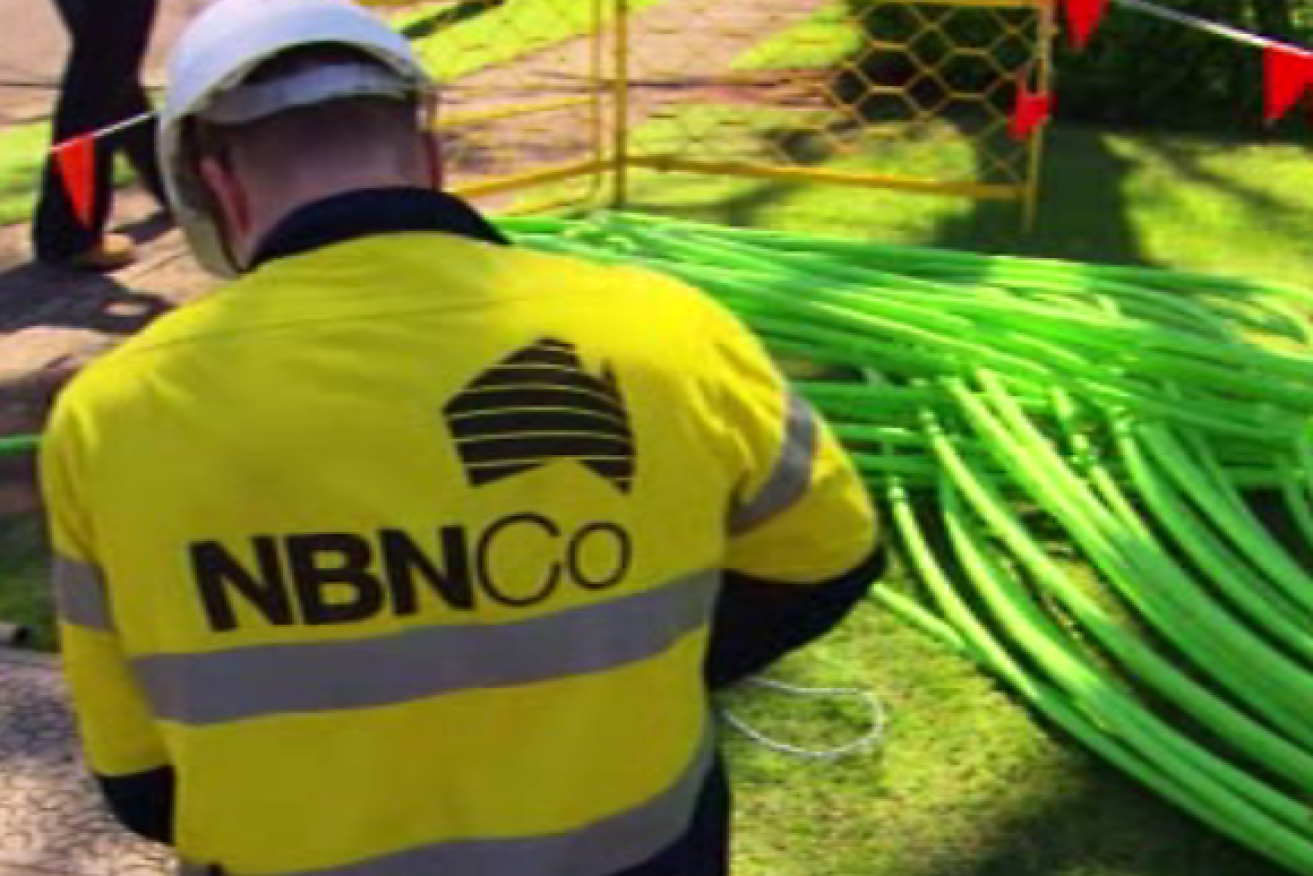Less than half of eligible NBN premises connected at halfway mark


The type of connection is a factor in determining NBN speeds. Photo: ABC
One in two Australians – 5.7 million homes and businesses – can now access the NBN but fewer than half of those have signed up, as the rollout reaches its halfway milestone.
While the National Broadband Network’s (NBN) CEO Bill Morrow has boasted about being ahead of schedule by 300,000 premises, the network is about 500,000 households short of enticing half of eligible Australians to sign up.
A NBN spokesman said the multi-technology approach has sped up the rollout to about 80,000 premises each week. The government’s introduction of an 18-month deadline for eligible households to switch over to the NBN network before cutting off existing phone and internet services has also led to an increase in connections.
But recent Telecommunications Industry Ombudsman figures indicate this has coincided with an increase in complaints.
A CHOICE survey released last week showed about 60 per cent of NBN users had issues with their service provider in the past six months, with almost half of those problems relating to very slow speeds.
Meanwhile, 42 per cent reported disconnections, dropouts or varied performance issues.
The survey found no significant difference in internet performance between service providers.
Some have attributed the network’s failures to the type of technology – fibre-to-the-node (FTTN) – which relies on copper wires, and is being rolled out to about 40 per cent of Australia.
In a recent Senate Estimates hearing, NBN Co revealed it had spent $177.1 million in purchasing copper materials as of June 20, with a large portion used for new links rather than on remediating existing copper.
RMIT associate professor in network engineering Mark Gregory told The New Daily that for many, their internet connection will show no improvement after moving across to the NBN.

The TIO reported a 117 per cent annual increase in NBN complaints. Photo: Getty
“There are no winners at the moment. An all-fibre network – fibre-to-the-premise (FTTP) – would permit NBN Co to set the best value for money at 100/40 Mbps and over time to increase this to higher speed connections,” he said.
“But due to the multi-technology mix, it is currently setting the best value for money at 12/1 Mbps and 25/5 Mbps.
“This is why Australians are selecting the slower speed tiers, and this is reinforced due to the FTTN not being able to offer more to many consumers.”
Assoc Prof Gregory said he believed the NBN rollout has been “the biggest public project disaster in Australia’s history”.
He added that FTTN was “not suitable to achieve 5G” and estimated that the $49 billion costing was optimistic and may require up to $10 billion more.
“What they’ve done could be likened to taking away your old rundown car and given you another one, telling you that you’re now better off,” Assoc Prof Gregory said.
“The network’s not going to get to where it needs to be without a radical change in policy.”
Emeritus Professor Rod Tucker, who was part of a panel of experts that advised the Rudd government to adopt an FTTP-based NBN strategy, said the New Zealand FTTP rollout by Chorus was reporting costings less than what NBN has previously claimed.
“FTTP is now cheaper to roll out than ever, and the rate at which it is being rolled out around the world is accelerating,” Prof Tucker said.
“There is no good reason why Australia should not be enjoying FTTP.”
University of Western Australia’s David Glance, the Centre for Software Practice director, said he believed the main problem was not so much the type of technology but the business model.
He described the $49 billion NBN rollout investment as an “economic disappointment”.
“Service providers are not pushing the higher speed tiers. They’re cutting corners – this has been driven by politics, not necessarily what’s best for the country,” he said.
“I think NBN Co is doing a reasonable job doing the rollout given it’s under political direction.”
The rollout is scheduled to be complete by 2020.








